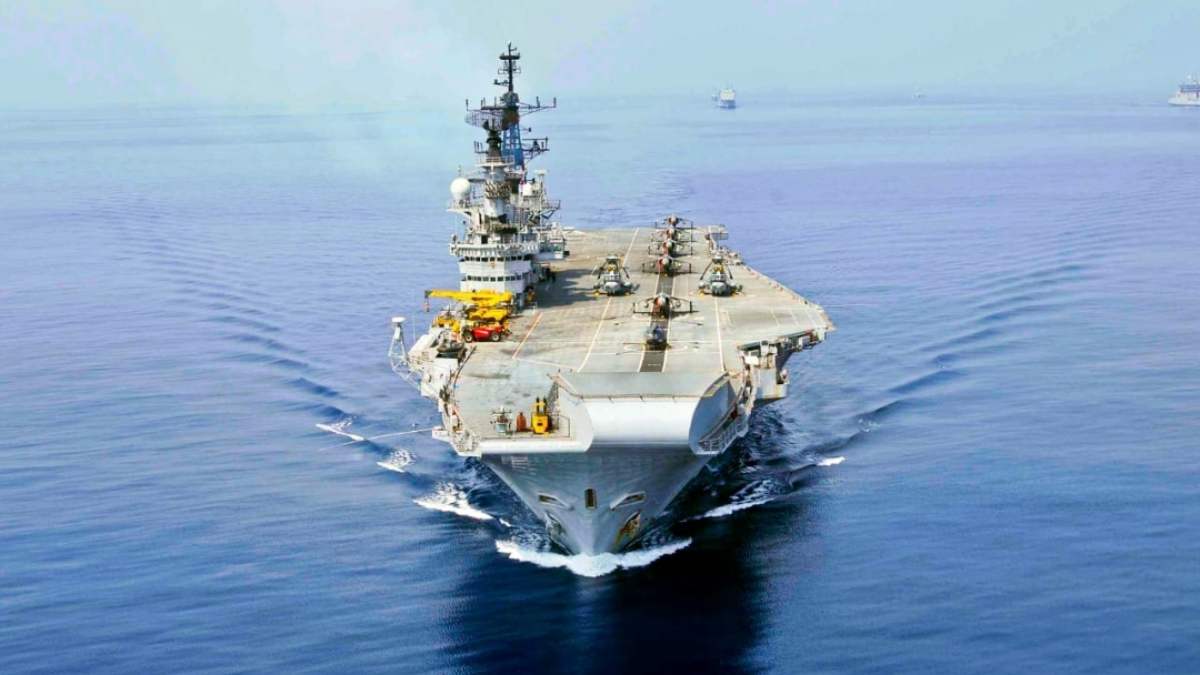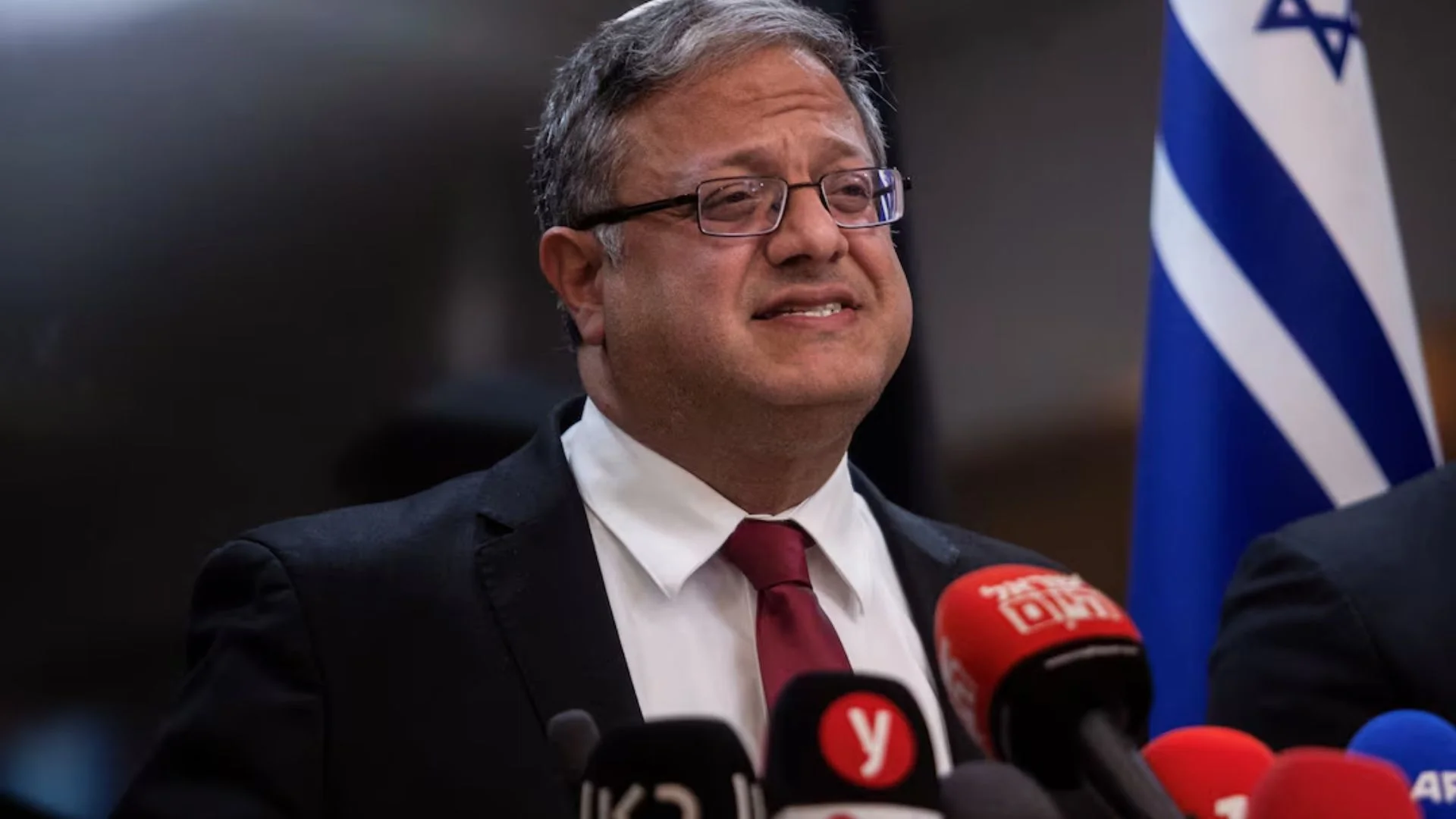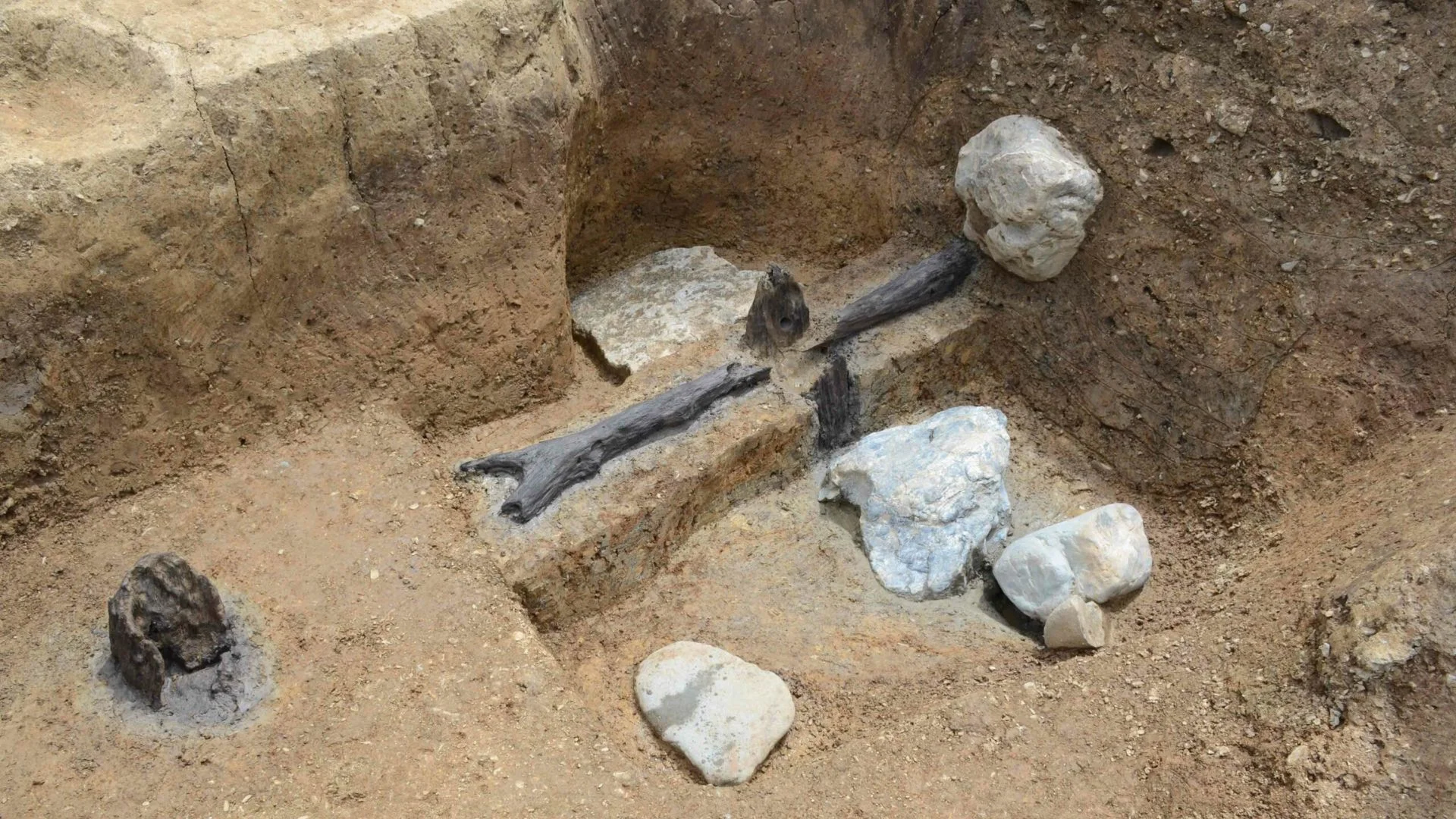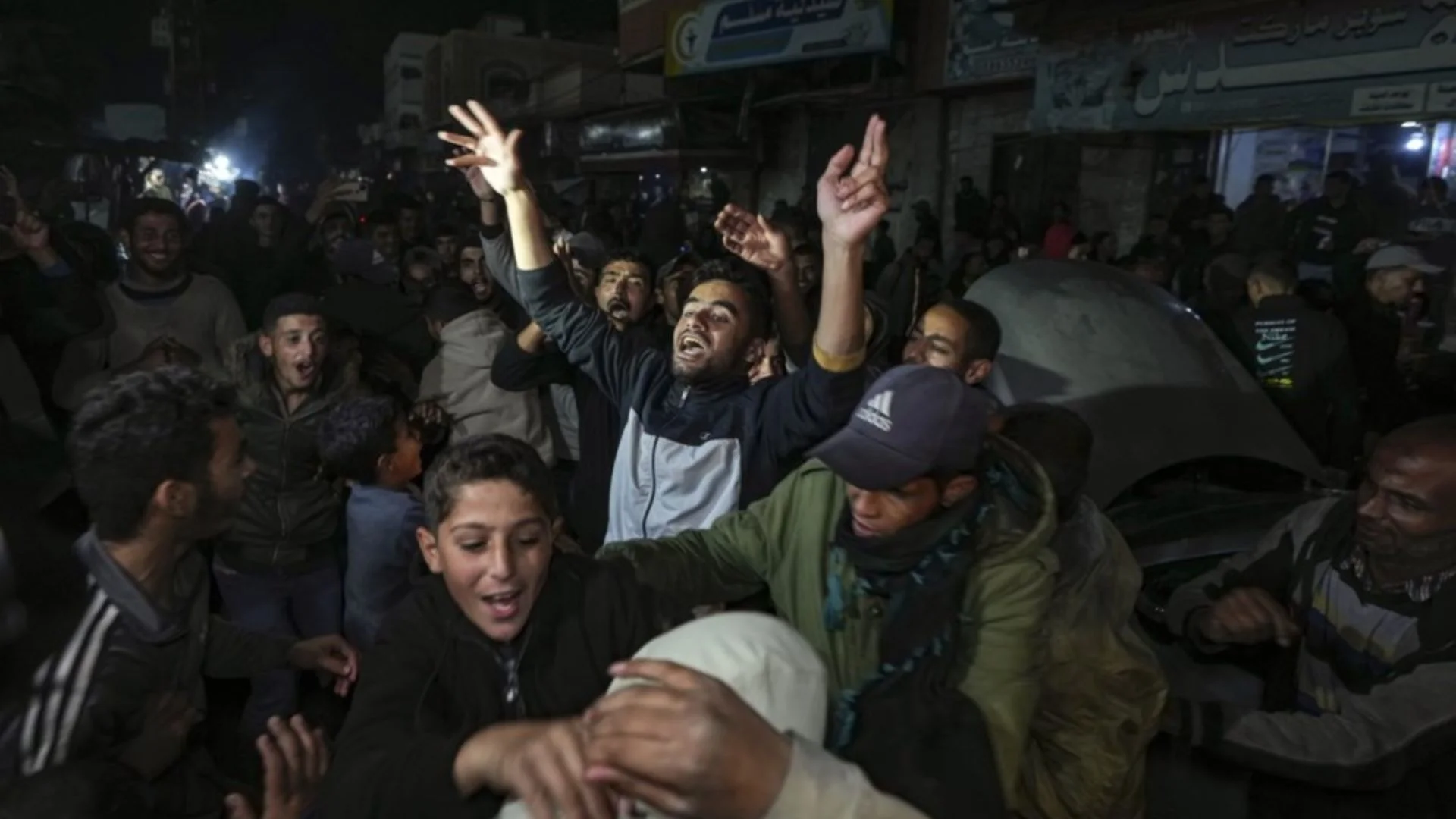An aircraft carrier is a dynamic capability that can be deployed over the entire area of maritime interest for as long as four decades, and is, therefore, one of the most optimum utilisations of resources spent on such an acquisition.”
—Adm Sunil Lanba (2018)
When a decorated war veteran, an articulate strategic thinker and former chief of the respected Indian Navy shares a public anguish, one must pause and take note. “I was Captain of INS Viraat. Now it will become scrap!” That was Adm Arun Prakash (Retd) speaking to NDTV on 4 September 2020 as there was a public revelation of the grand lady of Indian Navy set to make a final sea passage under tow to Alang ship breaking yard.
Having spent 5% of my living existence on 3U8 cabin in the after end of the now 77-year old grand lady, I feel led to pour out a few thoughts into a forward-looking direction and bring personal closure. Neither a decommissioning, nor a scrapyard demise is easy on the hearts of those who find abode on the living mass of steel on the high seas. As a witness to the sledge hammer and gas cutting slicing off bits of large masses of man-made maritime ecosystems of various kinds, the sight at Alang is welcome only to a scavenger. A true seafarer will cringe at the knowledge of any ship undertaking that final passage. So have thousands of souls who lived and dwelt on HMS Hermes-INS Viraat for 71 years as the third weekend of September dawned on us!
There is an idea of India that belies just size, population, diversity and wisdom. It is vast and yet very garland like strung together to present a fragrant pull with homage. Ships, merchant or naval, have a force of inner attraction at the soul level that strings emotion, passion, purposeful- ness and practical objectivity. The composite mass of a modern ship in the age of steel, necessitates a perspective that bridges strategy and sanity. That will at times belie either aspect in tactical scenarios or insane decision making on a given day. Captains and their crew live in reverence and yet synergy with the power of the seas which display a wide canvas of temperament and form. Easily, the maritime dimension is not often understood in a terrestrial or continental mindset which breeds thalassophobia. India is a maritime nation and exists from frontiers to its food cycle due to oceans in some way or the other.
Let us allow the final passage of Viraat to coalesce our thoughts with perspective and potential as a fitting tribute. With a few thou- sand other fellow “Viratees” a conditioned bias may exist and remain from the ecosystem that exists onboard. 1234 compartments could not be visited completely even by those who spent many tenures and discovered even years after commissioning. Far beyond a gated community an apt understanding is a complex ecosystem of scalding steam of the boiler room to flat top with a ski jump that launches deadly fighter aircraft to logistics defying food preparation and all co-ordinated with inter-twined human interactions at professional and personal levels. An aircraft carrier to me will always be the epitome of naval operations hub of a respectable nation that is acknowledged as a maritime power.
Functionally a good place to start is the origin and idea of air- craft carriers themselves. Early in World War II the primary instrument for delivering naval combat power became the aircraft carrier. Understanding the technical reason: aircraft could deliver a concerted attack at 200 miles or more, whereas battleships could do so only at 20 miles or less. The Japanese attack on Pearl Harbor by carrier-based planes on December 7, 1941, dramatically demonstrated the potential of the aircraft carrier, which thereafter was the dominant combat vessel of the war. Looking at the capability of aircraft carriers with the historical lens, they played leading roles in the sea battles of the Pacific theatre, such as Midway Island, Coral Sea, and Leyte Gulf. Some of the most notable aircraft carriers of WWII include the USS Enterprise, the United States’ most decorated warship during the war, the HMS Ark Royal, and Germany’s Bismarck battleship (Britannica reference, 2017).
Contrary to half-baked articulations, there hasn’t been much hard evidence that carrier vulnerability is increasing. The Navy invests heavily in applying cutting-edge technology to the defence of its carrier strike groups making them among the most densely defended assets in the world. The world’s seas are vast. Acing the technological carrier superiority, Indian Navy along- side working on aggrandizing scope of National Maritime Power other programs continue such as the six nuclear powered attack submarines. In a simpler analogy, the idea of an aircraft carrier or submarine as a unipolar choice is to express a choice of which organ one must choose if survival alone is the objective of a patient in ICU. Indian maritime vision is definitely not in critical care. The government, the strategists and the informed citizenship all support a comprehensive capability. That thinking cannot and never be allowed to curb the journey to definitive strategy of a three- carrier navy. As a SAGAR policy led maritime India, the Indo-Pacific is on a journey to being free, inclusive and rule-based voyage which needs India to lead a collaborative and comprehensive capacity development.
One needs to address the elephant in the room: Economic resources. What should be given more strategic importance — Aircraft Carriers or the Nuclear Submarines? And secondly can
the defence budget allow us to make a third Aircraft Carrier? The US operates ten and is building a new class of carriers, first of which is undergoing trials. The UK after pondering over the need for carriers went ahead and commissioned two. China has two and plans to operate at least six. Threatened by China’s increasing naval muscle, pacifist Japan announced plans to convert its two Izumo class of helicopter carriers into aircraft carriers. France operates the only nuclear-powered carrier apart from the US. The choice of the journey is not complex. Turning the discussion from an either-or to a nuanced but intentional development is the way forward.
In July 2019, the government announced the decision to scrap INS Viraat in Parliament. The vessel could not be handed over to any state government because of lack of “self-sustaining financially complete” proposal to preserve it. The decision was slammed by many veterans saying the nation does not have the will and inclination to preserve an old warship and the historic artifact. We rather need to build a capable multiple carrier based Navy. IAC2 envisaged as a much more formidable warship needs to be fielded alongside the Navy’s sole serving carrier, the INS Vikramaditya, and the upcoming INS Vikrant. Plans envisioned IAC2 or INS Vishal to evolve into what India should have built a few decades earlier. I echo the thoughts of many as the best tribute on the passage of Viraat to the scrapyard: Let INS Viraat be commissioned as IAC3. Three indigenously built aircraft carriers must be the face and force of an Aatmanirbhar Samudri Bharat!
Cmde Odakkal Johnson is a former Aircraft Direction Officer onboard INS Viraat and presently Director & Head of Research at Maritime History Society.























